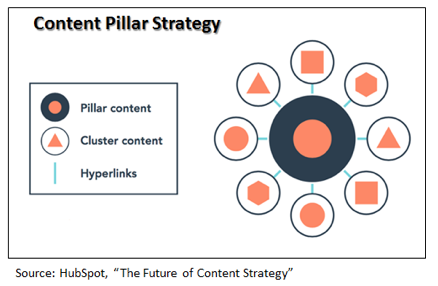The Difference Between a Snapshot and a Crystal Ball
It looks like the flurry of deal making in 2016 is going to be on pace with what we saw in 2015. That means deal values well over $2 trillion, but yet, it’s likely that more than two out of every three deals are going to fail.
There’s been volumes written about the reasons why mergers and acquisitions fail, but I tend to look at top line effects unrealized or unfulfilled as a key trigger of failure. All of the M&A transactions I’ve been involved in were built around an expectation that the merged companies would be able to create a greater volume of sales together than could have been accomplished alone.
More sales is dependent upon getting more leads, which is dependent on getting more visibility for products/services—and in my opinion, that means more dependency on marketing functions to make a merger or acquisition successful.
But are buyers and sellers doing an effective enough job at evaluating marketing infrastructure, capabilities, and resources as a harbinger of an M&A success or failure? Are planners, accountants, and attorneys assessing the right signs or indications as to whether or not there is a better chance that the business will grow bigger, better, and faster combined than alone?
A Cure for the Failure of Marketing Due Diligence
Assessing a buyer or seller’s marketing situation has always been a very small part of the due diligence done in a merger or acquisition, and it typically has one major flaw: Marketing due diligence is a snapshot of what things are, rather than a harbinger of what things can be.
Sure it’s important to have insights about market share, customers, products and services, etc. But even after all of that typical data is collected and put in Tab H of the due diligence folder, exactly what information do you have that will give you insights into future marketing and sales performance or opportunities that will allow you to better evaluate the merit of the deal?
In a typical due diligence effort, other than a customer list, a buyer may not be any closer to understanding what the seller brings to the table in the way of marketing approaches, processes, technologies, and analytic capabilities that are a predictor of future lead generation and sales success. And, other than the buyer’s customer list, a seller may not be any closer to understanding what the buyer brings to the table that will drive leads and ultimately more new business into their pipeline.
Consider Using the Inbound Marketing Methodology to Evaluate the Deal
My idea is simple: Add the inbound marketing methodology into the M&A due diligence process.
It’s based upon this premise: If a buyer (or seller) is using best inbound marketing practices and the right set of marketing technologies like HubSpot, and has the processes and infrastructure in place for aligning sales and marketing activities, then the chance that the merger or acquisition will realize forecasts for new sales and customers is greater than if this methodology and tools are absent.
Here’s the methodology:

Based on this methodology, what needs to be asked or investigated in the due diligence process include an assessment of how and what the seller is doing to: (1) get found online first; (2) convert website visitors to leads; (3) nurture leads through the sales funnel; (4) measure and report on results, and (5) develop and maintain a position as an industry thought leader.
Over the next few weeks, I’ll be devoting this blog to exploring how to use inbound marketing in due diligence and the M&A process, starting with questions and inquires that either the buyer or seller can explore to understand the situation relative to the “attract/get found first” initial step of the methodology.
A Snapshot or a Crystal Ball?
According to Yogi, “It's tough to make predictions, especially about the future.”
(Who doesn’t miss Yogi Berra?)
The landscape of M&A is littered with really good intentions and opportunities gone horribly awry. Think Bank of America purchasing Countrywide or Sears buying Kmart. Looking at the data in fact, one could even predict that the merger or acquisition that your company might be working on right now stands a much better chance of failing than being successful.
We need to move beyond collecting snapshot marketing data to using information that gives us better insights as to whether or not marketing synergies created by a merger or acquisition will create more visibility, leads, and new business. I believe that using the inbound marketing methodology as a crystal ball will be a more effective predictor of success than a snapshot of market share or a review of sales collateral.
Like Yogi said, “You’ve got to be very careful if you don’t know where you are going, because you might not get there.”
.png)







Leave a Comment